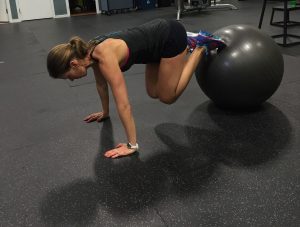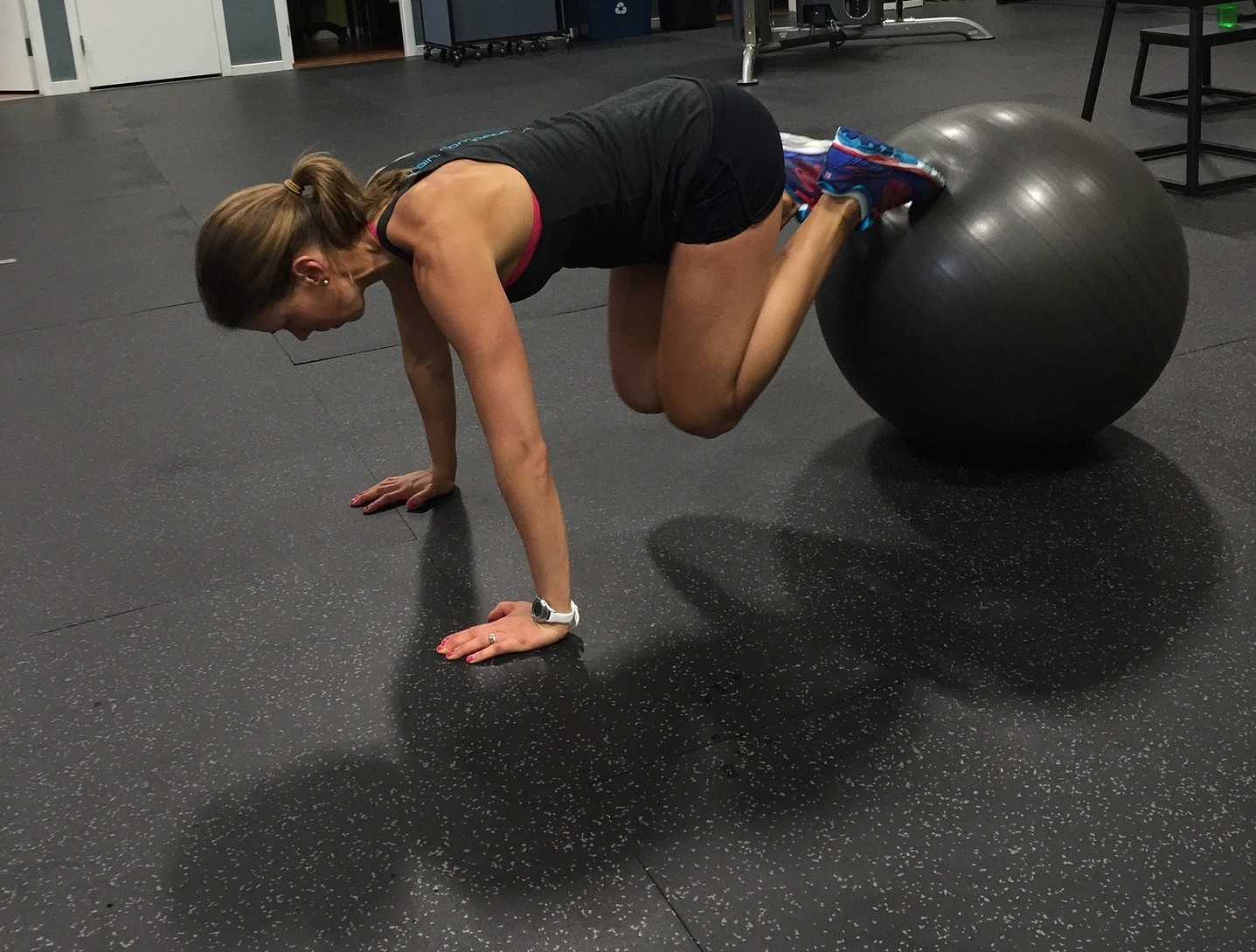They say that nothing is sure in life except for death and taxes.
Well, you might as well throw low back pain in there as well. It is estimated that roughly 80% of the population will suffer with a bad bout of lower back pain at some point. Unfortunately, there are plenty of instances where some point becomes most of the time.
If you’re a low back pain sufferer, you know how debilitating it can be when it flares up. Interestingly, this prevalence of lower back ailments, along with their positive response to adjustments, is one of the reasons chiropractors have become known as low back pain specialists. It’s not that we’re treating low back pain. A chiropractor’s job is to simply remove interference from the spine and allow the body to heal and regain its natural balance. But because low back pain is almost universal, it just so happens that most people have experienced relief from it as a result of getting adjusted. Thus, the assumption that we’re “back doctors.”
As long as we continue to pair poor movement patterns with physically stressful lifestyles, low back pain will persist. And so will the struggle to deal with it.
One of the most common questions that comes up when addressing low back pain is whether or not to use a back brace. Do they really help? Can they do more harm than good in the long run? Do you become dependent on them?
Here are my thoughts…
First of all, before you start wearing support for your lower back, work on upgrading your built-in brace. Your core is very strong when it is conditioned properly. Your lumbar spine musculature and the muscles of your abdominal wall form a resilient cuff around your lower back that helps to protect it from injury. Trying to compensate for a weak core by wearing a back support is like trying to overcome a poor diet by loading up on supplements. Having said that, there are times when circumstances might require temporarily implementing a brace, just like extremely low levels of vitamin D require supplementation until your levels are normalized. But more on that later.

For now, get into the habit of performing some core work at least 3 days per week. Don’t think of this as a chore. Look at it as an opportunity to create a healthier, happier life for yourself. 10-15 minutes of core exercises performed with consistency can offset a lifetime of potential frustration and physical limitations stemming from lower back pain.
Here is a pretty concise collection of some basic core exercises that require nothing more than your body weight.
In addition to working your core, one of the best things you can do to lessen your incidence of low back pain is to build stronger legs. You know how you should lift with your legs instead of your back? When your legs are weak, you tend to rely too much on your lower back muscles to carry the load. In reality, you should actually be lifting with your legs and a strong, stable back, but for most of us that means bringing our leg strength up to par. In my opinion, the squat is the king of all leg exercises.
Before jumping into barbell squats, get proficient at squatting your own body weight. Here is an excellent video that demonstrates the basic mechanics of a squat.
When you think you’re ready to add a bar, watch this video.
A properly performed squat session 2-3 times per week will help to build a tight core and strong legs, and make it much easier to navigate through the demands of your daily tasks. Aim for 3-5 sets of 15-20 reps of body weight squats, progressing up to 3-5 sets of 8-12 reps of loaded squats.
Brace Yourself
Stability starts with the spine and branches out from there. But even when you’ve built a strong structure and fortified the muscles around it, there are instances where a back brace can come into play.
 Your Occupation
Your Occupation
I adjust quite a few people who lift and move objects all day long. I don’t care how strict your squat form is, everything eventually tends to crumble under the fatigue of 200 reps. Wearing a support during prolonged bouts of lifting can offset the instability that results from 8-10 hours of strain.
Injury
In the case of a lower back strain, wearing a back support can help to minimize any additional abuse inflicted by the demands of your daily routine. Loading your trunk in any direction can potentially aggravate an existing strain, so wrapping your core can provide the support needed to permit healing. Generally speaking, you’ll want to snug it up when you are mobile and loosen it while resting.
Bouts of Intense Activity
Certain instances require that you engage in activities that are beyond your normal routine. Shoveling snow, for example. Or raking leaves. Or putting in a full weekend of yard work, dragging a freshly killed deer out of the woods, or helping a friend move.
Ideally, your physical conditioning would reduce these extra demands to nothing more than a minor inconvenience. So as a rule, I don’t recommend wearing a back brace for these types of activities. However, if you know that you are susceptible to lower back pain brought on by increased physical work, wearing a back support can be a great preventative measure.
Pregnancy
This is another case of temporarily living outside your norm. A pregnancy belly puts unique strain on the lumbar spine and pelvis that can cause lower back pain or aggravate already existing symptoms. As your center of gravity shifts forward and muscles strain to maintain balance, wearing a back support can help to ease lower back tension. However, a pregnancy belt differs from a general use back brace. Its purpose is to lift and support the belly as opposed to cuffing the entire core.
Recommendations
So what’s a good back brace to use?
General Support
An effective general purpose brace should have enough height to support the entire lumbar spine, or the bottom 5 bones in your back. Look for a velcro fastener, as it allows for unlimited adjustment options. Another helpful feature is side straps or wings that can be tightened to fine tune the tension on your spine. Metal or plastic spinal stabilizers are also a nice addition, but aren’t always necessary.
This brace or something similar would be good for general use.
Support for Pregnancy
The objective of a pregnancy belt is obviously not to cuff or compress the trunk like a conventional back brace, but rather to help support the load of a growing belly. An effective belt will have a wide contact surface across the lower back to distribute the baby’s weight across a broad surface. An adjustable velcro fastener will allow you to resize the fit as your belly grows.
Here is an example of a good pregnancy belt.
Remember, spinal stability starts with strengthening and maintaining your natural support structure. The perceived inconvenience of working a few minutes of exercise into your day is nothing compared to the disruption that can result from a chronically weak spine. A back brace can offer great support for a spine under high physical demands, but it is not a substitute for proper conditioning.
Be Your Best,




